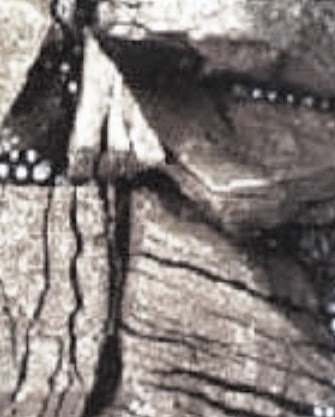So far we have learnt about detrimental impact of unsound aggregate. Now we have to learn how to determine soundness of aggregate for concrete. Here we try to measure the disruption of aggregates due to formation of crystals of salt. Here we are discussing about British test method, in the next post, we will discuss about ASTM C88 which also used to measure to account degree of soundness of aggregate.
In this test, graded aggregate are immersed in salt solution and then dried in several times. Under this process the aggregate sample subjected to disruption and we will measure the degree of disruption.
Here listing some conditions and requisite testing materials; those are as follows:
a. Graded aggregate means aggregate sizes between (10-14) mm.
b. The salt solution is of magnesium sulfate must be as saturated
c. Drying means oven drying at (105-110)0C
d. The immersion and drying cycles are of five times.
From the above discussion we have already understand what are doing in this test? But for your convenience we are summarizing these as:
Aggregate sizes of above limit are alternately immersed in salt solution and oven dried for five times at provided temperature. These aggregates break up under such operation and we will measure the proportions of breaking up.
Now soundness value is found as percentage which is determined by measuring proportions of aggregate having size greater than 10 mm after immersion-drying cycles to original mass of samples.

No comments:
Post a Comment